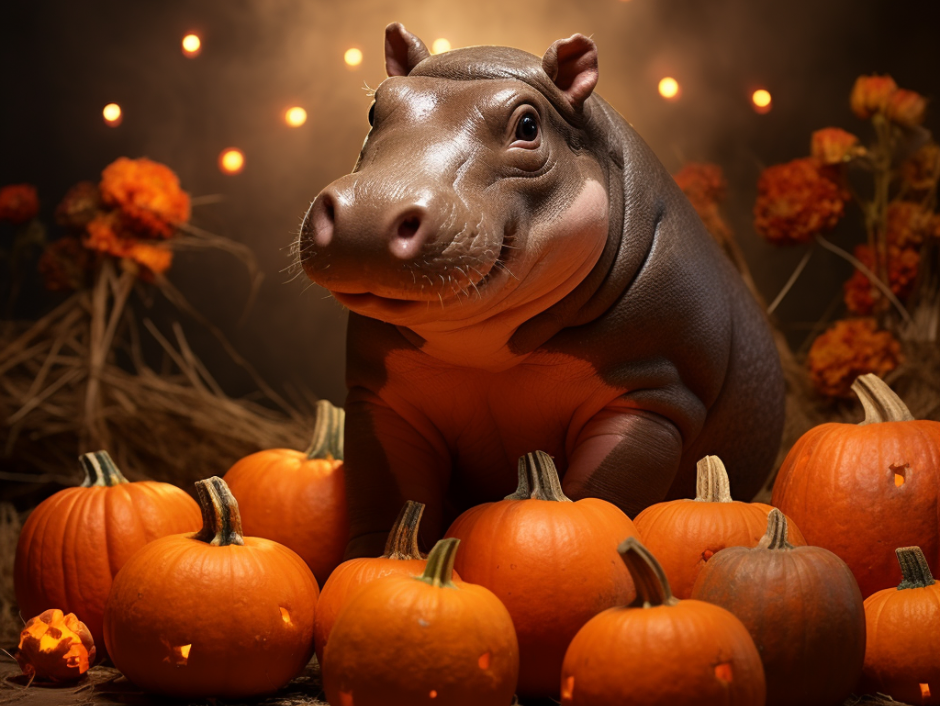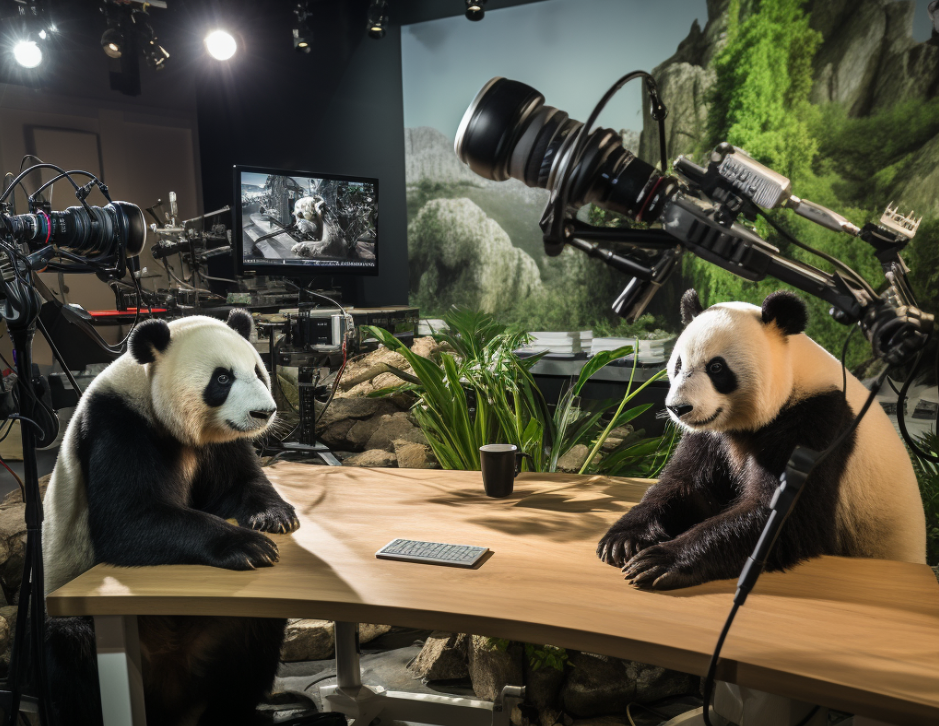ZooTube – A Review of Zoos on YouTube
By Sam Ridgeway
Title: Education Is Entertainment? Zoo Science Communication on YouTube
Author(s) and Year: Thomas Llewellyn and Paul E. Rose, 2021
Journal: Journal of Zoological and Biological Gardens – MDPI [Open Access]
TL;DR: Zoos’ YouTube content features mammals frequently and they are popular among viewers. However, this means the biodiversity of the zoological collections is not seen despite other animal groups being at a high risk of extinction. Zoos are making difficult choices in the online video space as they try to create content that balances entertainment, education, and communication of conservation messages.
Why I chose this paper: I’ve previously worked with falconers, fishermen and natural history museums whose relationship with animals is one of great respect and care but also as part of a business. Similarly, zoos’ outreach covers animal welfare, conservation science, advertising, and educating audiences all at once. I was curious how this was expressed on YouTube and was pleased to support Tom, my fellow SciComm MSc classmate, and his dissertation research.
Fiona the baby hippo is a blockbuster star. Her highlight video garnered 20 million YouTube views on The Cincinnati Zoo and Botanical Garden channel and 5 million tuned in to watch her eat pumpkins for Halloween. But she’s not the only one as dogs barking I love you (112 million views) and cats diving into cardboard boxes (18 million views) prove animals are a hit on YouTube. But what do you do if you have a whole collection of animals that you want to share online? Which animals are the stars of the show and what do you share about their lives?
These are the challenges facing zoos and the questions researchers Llewellyn and Rose set out to explore.

The Details
Zoos are often beacons of science communication, sharing their physical sites with broader audiences through online platforms. There is a lack of research concerning how zoos use YouTube, even though many animal-based channels like Brave Wilderness and BBC Earth are wildly popular with millions of subscribers.
To evaluate which species garnered the most attention and assessed how zoos represented their animal collections, Llewellyn and Rose recorded the species and taxonomic class of the 50 highest viewed videos of 20 popular zoo-Youtube channels, which included different subscriber accounts and were across ten different countries. Llewellyn and Rose reviewed the structures of zoo-YouTube content by taking a smaller sample of three zoos—the Zoological Society of London (ZSL), The Cincinnati Zoo and Botanical Garden, and the San Diego Zoo channels—analysing their 300 most viewed videos compared to their 300 most recently produced videos to review trends in video themes and educational elements. The YouTube data was compared with data from the International Union for Conservation of Nature (IUCN) and the zoos’ web pages to collect information about the animals and collections.
The Results
On the YouTube Box Office listings, (Kung Fu) Panda beats (Kermit the) Frog.
More than 70% of the sampled zoo videos featured mammals, whilst amphibians and fish each featured in less than 5%. Videos had a higher number of views when featuring a mammal, whilst invertebrate and fish posts created less engagement. Interestingly, even zoos that had specialised collections (e.g., a large bird collection) still prioritised mammal videos.

Giant pandas, elephants and polar bears are highly featured in the YouTube content of zoos, but the top three highest viewed videos featuring threatened species were giraffe, bonobo, and Galapagos giant tortoise. Llewellyn and Rose acknowledged that beyond the focus on featured animals, further research should explore how structure and storytelling may influence the appeal and shareability of the video.
Popular zoo-YouTube videos had significantly more educational points in them compared to recent videos. Recent videos appeared to have reduced educational messaging and focused on advertising. However, recent conservation-focused videos – ”presenting associated conservation projects, breeding programs or a new discovery within the fields of conservation, ecology and animal management” – were longer and more educational. Zoo-YouTube videos with high educational content typically focused on specific types of animals and were presented as a ‘full profile’ – “presenting multiple topics of information designed to give a comprehensive view of the species, genus, family, order or taxonomic class”.
Llewellyn and Rose conducted their research pre-pandemic and believe there are further comparisons of zoo content to be made since the online video space continues to rapidly change with new technologies and the growing popularity of short-form content, like TikTok.
The Takeaways
Llewellyn and Rose’s research emphasises the difficult choices that all zoos, institutions and science communicators must make in their outreach.
Is it about covering all the animals or all the science? The stars of ZooTube are mammals: they are featured the most by zoos, and are the most popular among YouTube viewers. Yet more could be done to represent the diversity of their collections, especially when the overlooked groups of amphibians and fish are at the greatest risk of extinction.
Does content need to be totally educational? YouTube videos can contribute towards zoos’ education and conservation goals by being a vehicle to share information, like did you know a hippo’s bite can deliver 12,600 kPa of force, more than double that of a lion! However, perhaps the primary goal is for audiences, whether to the actual zoo, visiting online, or joining a science activity, to have a positive experience. Popular baby animals may be great characters to build stories around and to hook in audiences…
Maybe people just want to watch Fiona the baby hippo crushing a pumpkin for Halloween… it’s just good fun!
Edited by Héctor Torres Vera and SciCommBites Team
Cover image credit: Midjourney – prompt: “Photograph of Fiona the baby Hippo surrounded by bright orange pumpkins. Cinematic lighting. 4K.”
Please note – The use of AI-generated images is part of an ongoing experiment and Sam Ridgeway and the team continue to consider ethical and cultural concerns associated with this fast-developing technology.

